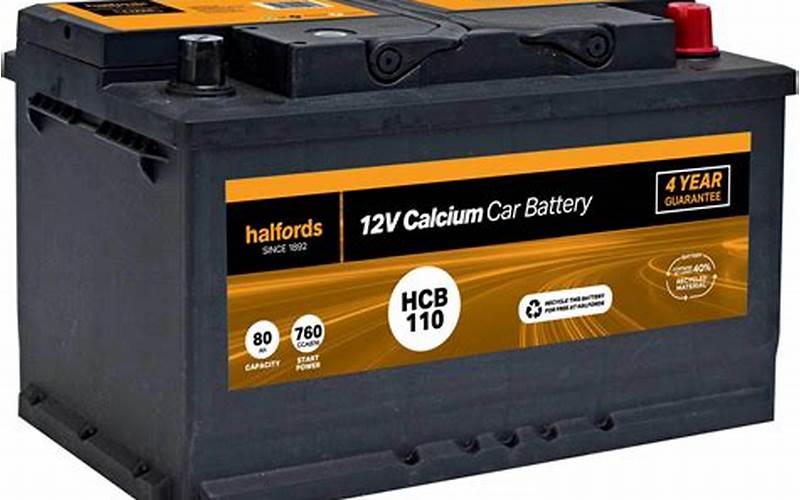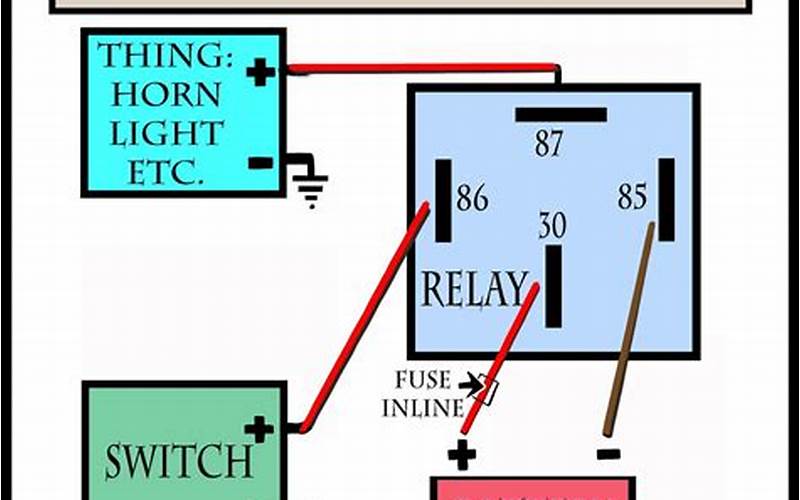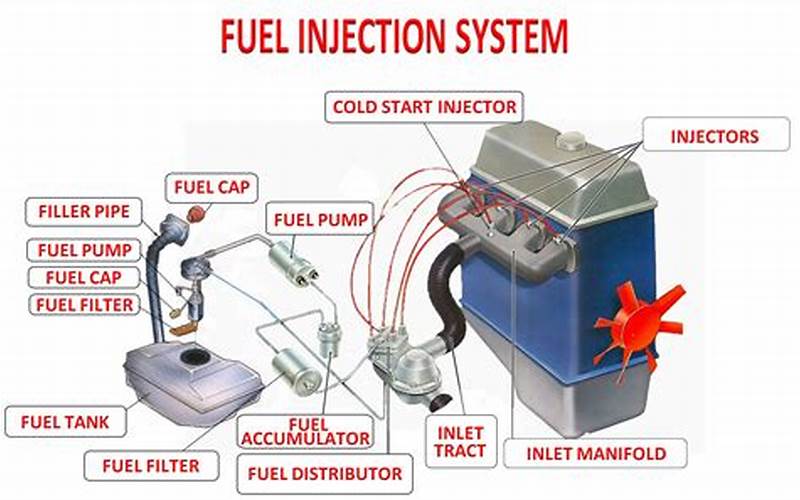
One of the most frustrating things that can happen to a car owner is when their car engine won’t start. There are many reasons why a car may not start, but one of the most common is a starting system fault. This can be caused by a number of different things, including a dead battery, a faulty starter motor, or a bad alternator. In this article, we will discuss how to fix a starting system fault and get your car back on the road.
Step 1: Check the Battery
 Source: bing.com
Source: bing.comHow to Fix Starting System Fault The first thing you should do when you experience a starting system fault is to check the battery. A dead or weak battery can cause your car engine not to start. To check the battery, turn on your headlights. If they are dim or don’t turn on at all, your battery may be dead. You can also use a multimeter to test the voltage of the battery. If the voltage is below 12 volts, you may need to replace the battery.
Step 2: Check the Starter Motor
 Source: bing.com
Source: bing.comIf your battery is fine, the next thing to check is the starter motor. The starter motor is responsible for turning the engine over when you turn the key. If the starter motor is faulty, the engine won’t turn over. To check the starter motor, turn the key to the “on” position and listen for a clicking or grinding noise. If you hear a clicking noise, the starter solenoid may be faulty. If you hear a grinding noise, the starter motor may be worn out and need to be replaced.
Step 3: Check the Alternator
 Source: bing.com
Source: bing.comIf your battery and starter motor are both fine, the next thing to check is the alternator. The alternator is responsible for charging the battery while the engine is running. If the alternator is faulty, the battery may not be receiving enough charge, which can cause it to die. To check the alternator, start the car and use a multimeter to test the voltage at the battery. If the voltage is below 13 volts, the alternator may be faulty and need to be replaced.
Step 4: Check the Ignition Switch
 Source: bing.com
Source: bing.comIf all of the above components are functioning properly, the problem may be with the ignition switch. The ignition switch is responsible for sending power to the starter motor when the key is turned. If the ignition switch is faulty, the starter motor may not receive the signal to turn over. To check the ignition switch, use a multimeter to test the voltage at the starter motor while turning the key. If there is no voltage, the ignition switch may be faulty and need to be replaced.
Step 5: Check the Wiring
 Source: bing.com
Source: bing.comIf all of the above components are functioning properly, the problem may be with the wiring. A loose or corroded wire can cause a starting system fault. To check the wiring, inspect all of the connections and look for any signs of damage or corrosion. If you find a damaged or corroded wire, replace it.
Step 6: Check the Fuel System
 Source: bing.com
Source: bing.comIf your car engine still won’t start after checking all of the above components, the problem may be with the fuel system. A clogged fuel filter or a faulty fuel pump can cause your car engine not to start. To check the fuel system, inspect the fuel filter and look for any signs of clogging. You can also test the fuel pressure using a fuel pressure gauge. If the fuel pressure is low, the fuel pump may be faulty and need to be replaced.
Conclusion
A starting system fault can be caused by a number of different things, including a dead battery, a faulty starter motor, a bad alternator, a faulty ignition switch, loose or corroded wiring, or a clogged fuel filter. By following the above steps, you can diagnose and fix the problem and get your car back on the road.